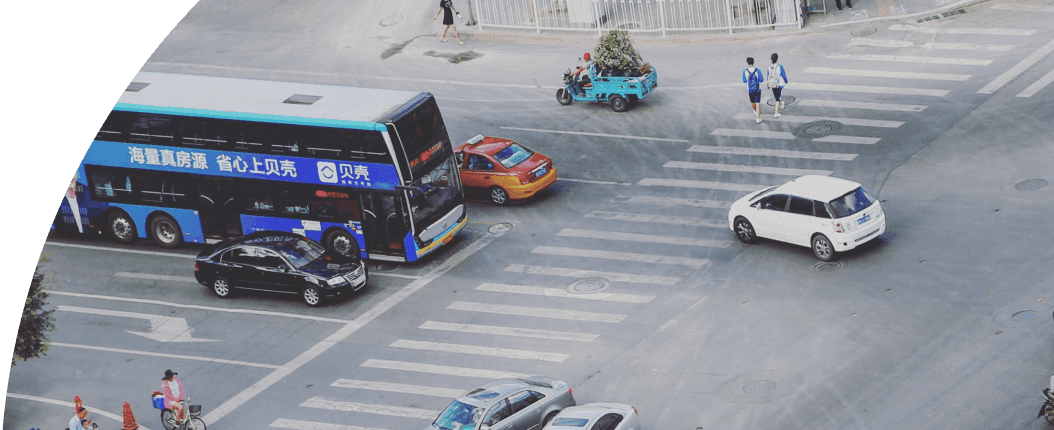
News
Completing Rural Highways: Finding funding in California
Caltrans districts each review their 10-year portfolios regularly to
By 3lane, June 14, 2024
Caltrans districts each review their 10-year portfolios regularly to assess long-term Complete Streets needs and try matching available funding sources to projects. This includes their main State Highway Operation and Protection Program (SHOPP), TAP, Reconnecting Communities, and other state or federal discretionary funds. This process usually involves close coordination with local stakeholders and sometimes also requires projects to be completed in phases using different funding sources.
In one instance, Caltrans awarded roughly $10 million in TAP funds to the Karuk Tribe in Happy Camp for bike lanes, sidewalks, accessibility enhancements, and lighting along State Route 96. After years of public engagement and several failed funding attempts, Caltrans worked with the Karuk Tribe to find a way to work within established policies and systems to provide support. The funds were essentially turned back over to Caltrans for the project. It also required Caltrans to enter a joint power agreement with the tribe to avoid bureaucratic processes that may inadvertently pressure the tribe into waiving its sovereign immunity, as is often the case in state or federally-funded tribal development projects.
This example illustrates the importance of understanding unique cultural contexts, challenges, and processes when working with communities who have received or are seeking funding for a new project and developing effective relationships with local communities that share decision-making power to generate creative solutions.

1350 I St NW Suite 425 Washington, DC 20005
info@smartgrowthamerica.org© 2025 Smart Growth America. All rights reserved
Site By3Lane Marketing







